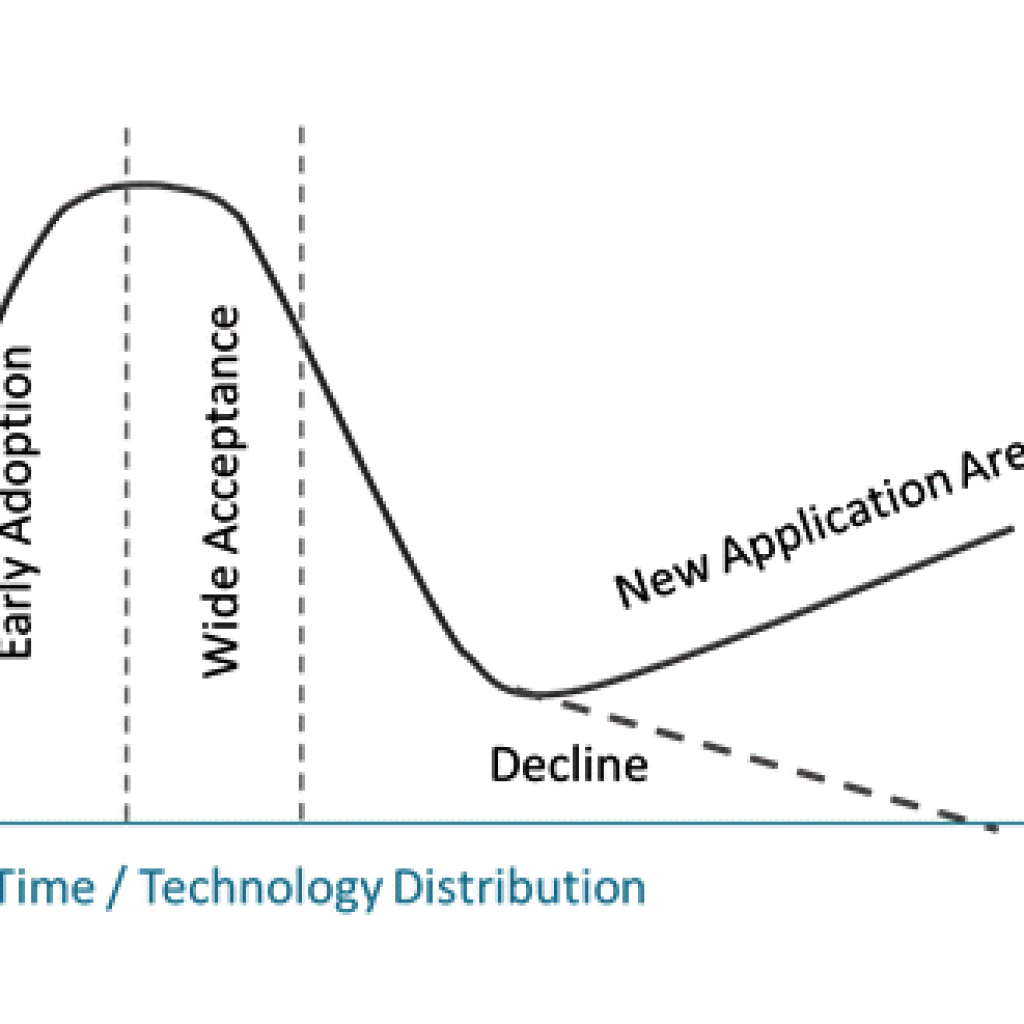Information Disclosure Statement (IDS) puts a heavy administrative burden of ‘Duty of Disclosure’ on IP professionals, both in corporations and law firms managing US patents. This duty to disclose known material prior to art applies to all the people involved in preparing the patent application. That is, not only the applicant but the patent attorneys or patent agents and the paralegal who drafted the patent application. The duty also applies to each inventor named in a patent application.
This duty of disclosure makes IDS preparation and filing a big drain on precious (paralegal) resources and costly if not managed efficiently. There is a very high chance of missing out on some references, especially in tough situations like managing non-English citations or managing patent citations across families.
Dealing with a large amount of data is never easy. It could lead to human errors, even for experienced IP professionals. The repetitive nature of the work makes it more prone to errors. So it won’t be wrong to say that IDS management is a tricky and time-consuming job.
This type of data could be easily managed using various IP Management software and IDS management platforms, but the biggest drag with this approach is that most tools for IDS management are meant for docketing purposes only. With such tools, you can index or categorize your prior-art references based on categories like technology focus, IPC/CPC classes, etc.
But for law firms or corporations who deal with multiple IDS weekly, the biggest challenge is not just limited to reference data management. It’s just one of them.
Want to know how top law firms and corporations are tackling such IDS problems? Well, just fill in the form below to learn about the smart IDS Management Tool that they are using.
{form}
Now if you want to know what kind of challenges we are talking about, keep on reading.
Challenges related to IDS management:
Working with various corporations and law firms for the last 15 years, we had a chance to talk with many experts dealing with IDS management. Here’s the list of challenges we made based on their comments –
- Issues related to human error: Most of the Patent Paralegals and IDS Specialists shared that either they have internal docketing systems in place or they are using spreadsheets to handle IDS reference management. Therefore, the risk of human errors is very high.
- Inconsistent process of documentation: Managing reference data for hundreds of IDS in spreadsheets is not only difficult but also needs constant training for the bookkeeping staff.
- Most of the docketing or IP management systems are not fit: However, there are few IP management systems available in the market, most of these automated software are standardized products and are not fit for all types of organizations.
- Dedicated tools for IDS management are very costly and sometimes difficult to integrate.
- Management of patent citations across patent families and references data management – to keep a track of what has been filed and what has not been filed – is very challenging.
- Highly time-consuming analysis and validation process as the bibliographic information has to be searched and filled in the IDS forms manually.
On average, a Paralegal generally requires 2 to 3 hours to prepare and file an IDS, and if we calculate the cost on an hourly basis, say 100 to 150 dollars/ hour, the cost comes out to be approximately $200-$300, just for one IDS.
That’s quite expensive in terms of time and money.
We asked them what kind of solutions they envisioned. If you could automate away the first few hours of work on IDS using AI & ML, would that be useful?
They said that they needed a tool that would:
- Simplify prior-art management by cross-citing references against family members or similar technology areas.
- Generate new or supplemental IDS forms with one click and more.
Below I have noted a list of solutions they mentioned would be helpful –
Solution: A software or tool which could help them with the following –
- Manage cross-citations effectively
- Automated suggestions of cross-citations and references
- Reduce the risk of not citing references
- Provide easy access to citations to its users [docketing]
- Reduce supplemental IDS filing and RCE costs
- Automatically provide machine-translated documents of native language references that don’t have English counterparts
- Reduce operational costs by leveraging automation
- Automated tracking of references and reduce the risk (what’s been cited/not yet cited)
- Reduction in the search time.
- Search and bulk action features, link related art across matters, and save time
- Import art in bulk, handle duplicates, track citation status across multiple patents
- Simplify the generation of EFS-compliant IDS forms with the Visual Citation Matrix
- Link art to matters using smart suggestions, noting when art was first cited earlier and by whom
Summing up, there is a need for a system that could standardize the process of IDS management and make reference management easy and eliminate errors. A powerful system that could help efficiently manage, evaluate, and cite prior art during prosecution. This improves what is known as a tedious, manual, and time-consuming task and avoids costly errors or omissions.
One of our clients, who is a leading multinational technology company in China with a large IP portfolio, wanted to re-organize its IDS management to make it more profitable. We combined our software capabilities with our team’s expert IP knowledge to ensure a flexible, high-quality IDS service that reduces risk and saves time.
Looking for a similar IDS Management Solution? Fill in the form below and reduce your IDS costs by 98%.
{FORM}
In the next article of this series, we talk about how we implemented all these suggestions to build a customizable IDS management tool for our client- IDS Management Simplified.










